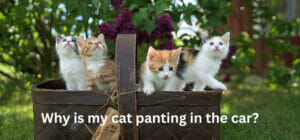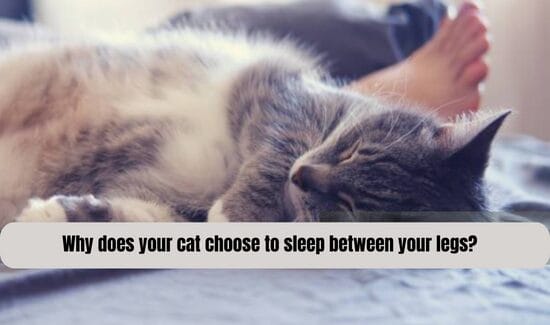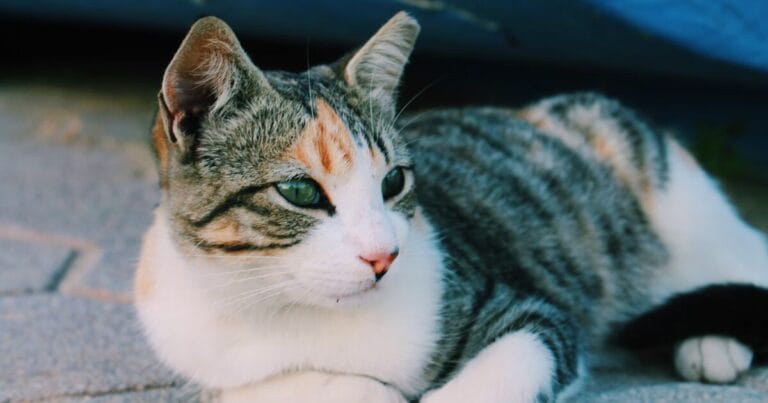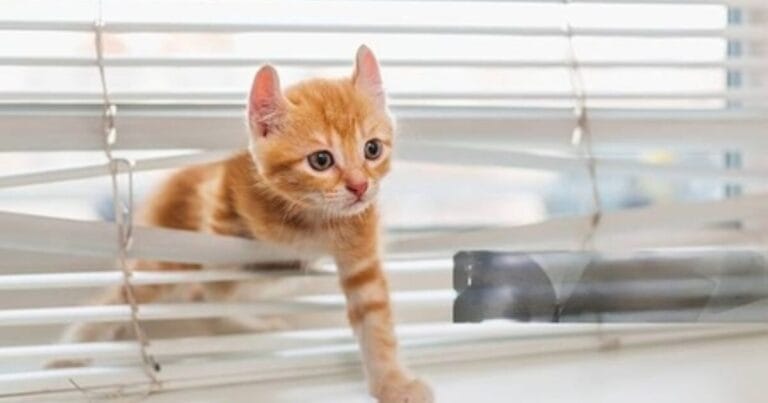Cats are known for their grace, agility, and independence. However, some feline friends may display unusual behaviors that can leave us puzzled regarding car rides.
One common concern many cat owners have is why their furry companions begin panting while traveling by car. At first glance, seeing your cat pant like a dog might seem alarming.
After all, cats primarily cool down through grooming and don’t typically rely on panting to regulate body temperature. So, what could be causing this curious behavior during car trips? One possible explanation is stress or anxiety induced by the unfamiliar environment of the vehicle itself.
Understanding normal cat behavior in a car
Understanding normal cat behavior in a car is essential for pet owners to know, as it can help ease their worries and make traveling with their feline friend a more pleasant experience. While some cats may seem like they hate being in the car, others may enjoy it, and it’s important to understand why.
Firstly, it’s important to note that cats are creatures of habit and routine. They thrive on familiarity and become anxious or stressed when taken out of their comfort zone. Being in a car is a new experience for most cats, and this alone can cause them to exhibit unusual behaviors such as panting.
Another factor to consider is that cats are highly sensitive animals with heightened senses. The movement, noise, and unfamiliar smells in a car can be overwhelming for them, causing them to feel uneasy or scared. This can lead to increased panting as they try to release excess heat from their body due to stress.
It’s also worth noting that some cats dislike being confined in small spaces. As much as we try our best to create a comfortable environment for our furry friends during car rides, the reality is that they are still confined within the vehicle. For an animal used to roaming freely around the house or yard, this restriction can be distressing and result in excessive panting.
Moreover, many cats have negative associations with cars due to past experiences, such as going on trips solely for visits to the veterinarian. These negative associations can trigger fear when entering or seeing a car.
Why do cats pant? Explaining the reasons behind panting
Cats are known for their calm and composed nature, often spending long hours curled up in a cozy spot without much movement.
However, if you have ever taken your furry feline on a car ride, you may have noticed them panting – the rapid, open-mouthed breathing commonly associated with dogs. This behavior can be concerning for cat owners, as panting is not something we typically associate with cats. So why do cats pant? In this section, we will explore the reasons behind this unusual behavior.
1.Regulating Body Temperature:
One of the main reasons why cats pant is to regulate their body temperature. Unlike humans, who sweat to cool down, cats do not have sweat glands all over their bodies. Instead, they rely on panting to release excess heat from their bodies when they get too warm. This is especially important during hot summer or when they are exposed to high temperatures, such as being inside a hot car.
2.High Levels of Stress:
Just like humans, cats can experience stress and anxiety in certain situations – and one way they show it is through panting. The unfamiliar environment of a moving car or the presence of loud noises can cause distress for some cats and trigger the fight-or-flight response, which leads to increased heart rate and respiration. Panting helps them regulate their breathing and calm down.
3.Respiratory Issues:
In some cases, excessive panting in the car could also indicate an underlying respiratory problem such as asthma or heart disease. If your cat has a preexisting condition that affects their breathing, being in a stressful environment like a moving vehicle can exacerbate their symptoms.
It’s important to monitor your cat’s behavior closely and consult your veterinarian if you notice any unusual changes.
Factors that may contribute to a cat’s panting in the car.
When it comes to traveling with cats, many pet owners have one common concern: their cat’s behavior while in the car.
One of the most alarming behaviors that a cat may exhibit is panting. While panting is a normal and natural way for dogs to cool themselves down, it can be quite concerning when a cat does it, as they are not known to be heavy panting like dogs. If you notice your feline friend panting in the car, several factors may contribute to this behavior.
This section will discuss possible reasons why your cat may be experiencing panting in the car.
1. Anxiety and Stress:
Cats are creatures of habit and routine, so any changes or disruptions to their environment can cause them significant stress and anxiety. Traveling in a car can be an overwhelming experience for cats not used to it.
The unfamiliar noises and movements and being confined in a carrier or vehicle can trigger feelings of fear and stress in your cat. This can lead them to pant excessively to cope with these emotions.
2. Motion Sickness:
Just like humans, some cats may suffer from motion sickness while traveling by car. This condition occurs when there is a disconnect between what the eyes see and what the body feels regarding movement. The constant movement of the car may cause your cat’s inner ear balance system to become confused, resulting in nausea and dizziness, which triggers excessive panting.
3. Heat Stroke
Cats are highly sensitive to heat and can easily overheat when exposed to high temperatures for extended periods. When traveling in a car with poor ventilation or air conditioning on hot days, your cat may start panting excessively as her body tries to cool down.
It is important to understand that cats have a higher body temperature than humans. While the average human’s body temperature ranges from 97°F (36°C) to 99°F (37.2°C), cats have an average body temperature of around 101°F (38.3°C). This means they are already at a higher risk of overheating in hot environments.
Tips for calming and comforting your cat during car rides
Traveling with cats can be a stressful experience for both the pet and the owner. Many cats may exhibit discomfort and anxiety during car rides, such as panting, meowing excessively, or even trying to escape their carriers. However, some tips can help calm and comfort your cat during car rides.
- Prepare Your Cat Ahead of Time
Before embarking on a car ride, preparing your cat for the journey is important. Start by getting them accustomed to their career at home by leaving it open in a familiar and comfortable environment. You can also place treats or toys inside the carrier to create a positive association with it.
- Take Short Practice Trips
If your cat has never been in a car before or has had negative experiences, take short practice trips around the block before going on longer journeys. This will help get your cat used to being in a moving vehicle and make them less anxious during longer journeys.
- Make The Carrier Comfortable
Your cat’s carrier must be comfortable and secure during car rides. Make sure that it is spacious enough for them to move around comfortably but not too big so they feel comfortable. Place blankets or towels inside the carrier for added comfort and security.
- Consider Using Pheromone Sprays
Pheromones are natural chemicals released by cats that promote feelings of comfort and safety. Products such as Feliway.
Conclusion: When to Seek Professional Help for Your Panting Cat
While panting in cats is not always a cause for concern, it is important to know when to seek professional help. If your cat is experiencing excessive panting or shows other symptoms of distress, it may be a sign of an underlying health issue that requires immediate attention.
Here are some situations where you should consider taking your panting cat to the veterinarian:
1. During long car rides
As mentioned, some cats may experience anxiety or motion sickness during car rides, leading to excessive panting. However, if your cat’s panting persists even after the car ride has ended, it could be a sign of a more serious problem, such as heatstroke or respiratory issues.
2. After strenuous activity
If your cat has been playing vigorously or exercising in hot and humid weather and starts panting heavily afterward, it could be a sign of heat exhaustion. In this case, it is important to seek immediate medical attention as heatstroke can quickly become life-threatening.
3. In high-stress situations
Cats can become stressed in unfamiliar environments or during loud noises such as thunderstorms or fireworks. Excessive panting in these situations could indicate that your cat is having trouble coping with the stress and may require medication or behavior modification techniques from a professional.




